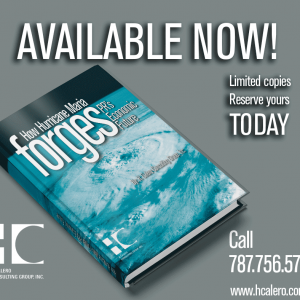
Dec 2016: A Bag of Shocking Economic News
Puerto Rico changed its course in 2016
Change hit Puerto Rico abruptly and hard as its fiscal crisis unfolded and rolled out public debt default with limited or no access to traditional financial markets. Badly needed investment in infrastructure stalled and the economic recession is now in its 11th year. This time the US told the Island there would be no bailout. Instead, Congress approved PROMESA with an oversight fiscal board that has almost omnipotent powers even over elected local politicians. It is not hard to find many in favor of the Board who hope it can trigger badly needed structural reforms in taxes, health, education, labor, pension systems, and government, among others. But, this hard medicine that produced upheaval in the past can also lead to rebellious mood in the year ahead. The dramatic election of Donald Trump promises a rollback of Obamacare and an inward-looking America. This Pulse reviews the forces of change in PR in 2016 that will shape its economic future.









